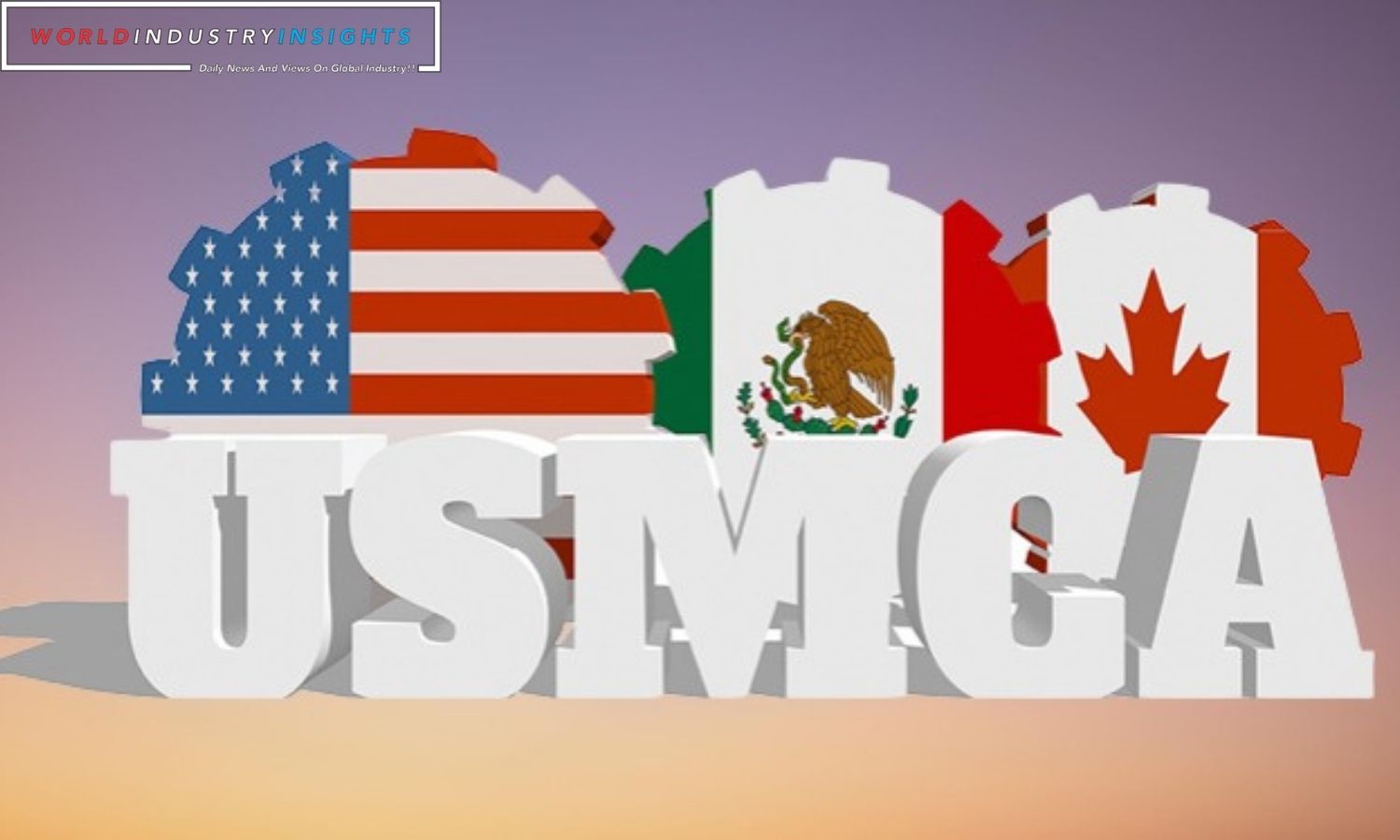USMCA Labor Rules Challenge: The Trumpet of Discontent: On Tuesday, the U.S. government announced its first dispute-resolution panel. This choice was made to benefit from the North American trade pact’s labor laws. The increased stress comes from where? San Martin workers, an important Grupo Mexico mine, are always fighting.
The US ordered Mexico to investigate unfair labor practices at the mine above a few weeks ago in June. The USMCA principles were used to make this appeal. The Mexican government ignored this petition. They maintained the argument wasn’t eligible for USMCA review.
The Office of the U.S. Trade Representative (USTR) disagrees with Mexico’s proposal. They said, “A panel should be called to confirm definitively whether the mine follows (or doesn’t follow) Mexican employment rules.”
Since the USMCA replaced NAFTA in 2020, firms have monitored US labor issues. Importantly, the USMCA allows firms to be penalized for slow worker dispute resolution.
Mexican labor union “The Miners.” made the charge that started this maelstrom. Grupo Mexico violated the workers’ long-running walkout, they say. They stated the firm returned to San Martin, which has a lot of lead, copper, zinc, and silver, and struck deals with a group of employees who couldn’t speak up for the rest. San Martin has lead, copper, zinc, and silver.
Read More: Maui Fire Aftermath: Recovery Efforts Continue Amidst Tragedy and Resilience
The U.S. administration told Mexico, “Companies can’t do business as usual as long as the strike continues.” This message was meant to demonstrate how convoluted Mexican law is. The email stated that workers were losing their voting rights, free association, and collective bargaining. These rights are crucial to the USMCA, notably in improving Mexico’s labor situation.
Grupo Mexico, a global copper producer, disagreed. “This panel will show conclusively that we are always committed to the law and the rights of our workers.” After the San Martin mine’s long-running unrest, the business declared, “It is important to close this troubled chapter, which has hurt many workers and their families for more than a decade and a half.” Despite no strike, activities are continuing, they said. They stated this is because staff are determined to continue.
However, Mexico’s economic alliance had a different opinion on Tuesday. The matter should be put on hold due to non-retroactivity and the fact that the country’s responsible organizations had already reviewed it. Everyone was told, “Our position will be explained in front of the panel.”
Two additional groups also have issues. Grupo Yazaki, which runs an auto parts manufacturing, was ordered by the US to inspect working conditions a week ago. Request refused by Mexico. What’s up? a view that workers’ rights violations are unproven.
As these concerns arise, the world will watch and judge how successfully the USMCA safeguards worker rights and defines economic relationships between the three North American countries.
Our Reader’s Queries
What is the labor mechanism of the USMCA?
Apart from the petitions filed under the Labor Chapter, the agreement also introduces a unique Facility Specific Rapid Response Labor Mechanism (RRM). This mechanism allows the U.S. Government to take prompt enforcement actions against factories that seem to be violating workers’ freedom of association. With this innovative approach, individual factories can be held accountable for their actions, ensuring that workers’ rights are protected.
How will the USMCA affect the labor market in Mexico?
Unlike NAFTA, the USMCA brought about significant changes to Mexico’s labor law. In 2019, these reforms were implemented, which bolstered the ability of salaried workers to choose their union representation and enhanced the enforcement of existing regulations. This has led to a more equitable and fair labor environment in Mexico.
Is the USMCA a pro labor agreement?
The USMCA boasts the most comprehensive and robust labor provisions of any trade agreement to date. Its labor chapter places a premium on labor obligations by incorporating them into the agreement’s core and ensuring their full enforceability. This makes the USMCA a trailblazer in promoting fair labor practices and protecting workers’ rights.
What are the cons of the USMCA agreement?
The USMCA, while politically popular, has five significant flaws. The new trade protectionism policies are constraining growth, and the rules of origin are hurting the U.S. auto sector. Additionally, the environmental provisions fail to address climate change adequately. Lastly, the labor improvements need better enforcement provisions. These flaws need to be addressed to ensure the success of the USMCA.


